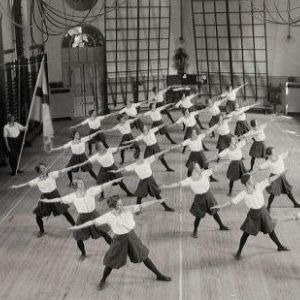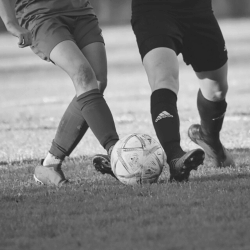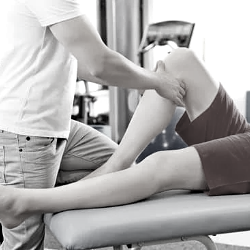Swedish Gymnastics: A brief history
Posted on May 31, 2018 by Movement Health in Physical Culture

Swedish Gymnastics (also known as the Swedish Movement Cure) was founded in the early 1800’s by poet, student of theology and European languages Pehr Henrik Ling (1776-1839). There were two experiences that brought Ling to the world of Physical Culture. Firstly, as a response to Sweden losing territory to Russia during the Napoleonic Wars, Ling the poet began exploring Viking mythology (which was common with the ‘Romantics’ of the time) and decided the nation had degenerated physically from its past ‘glories’ (Ottosson, 2010). Secondly, whilst studying languages in Denmark Ling undertook Fencing classes and realised the physical conditioning sessions greatly improved the health of some gout that was in his arm. Subsequently he decided to familiarise himself with Nachtegall’s Danish Gymnastics and upon returning to Sweden Ling taught Fencing and began developing the Swedish Gymnastics system. Ling’s Gymnastics were a ‘lighter’ floor style utilising only the ‘Swedish Bars’ apparatus (invented by Ling) and exercises were chosen for their influence on the body and health. The Swedish Gymnastics system also included manual therapy techniques.
The evolution of Ling’s system continued in 1813 when he was appointed by the Swedish government to establish the Royal Central Institute of Gymnastics (RCIG) in Stockholm. The Swedish Gymnastics system taught at the RCIG was divided in to four branches:
- Pedagogical Gymnastics: (Physical Education)
- Military Gymnastics: (mostly Fencing)
- Medical Gymnastics: (Massage, Physical Therapy, Physiotherapy)
- Aesthetic Gymnastics (Dance, performance)
The RCIG’s curriculum also included the study of human anatomy, physiology and pathophysiology, subsequently graduates often espoused the superior scientific credentials of the Swedish Gymnastics system. Whilst anatomy (which was a modern area of medicine at the time) was taught at the RCIG, Ling often referenced Schelling’s text ‘Naturphilosophie’, which was considered to be a speculative interpretation on nature (Pfister, 2003).
The Swedish Gymnastics System incorporated a ‘lighter’ floor style of Gymnastics and manual therapy. Proponents of the system often emphasised (possibly overstated) its theoretical basis and scientific orientation.
Learn more about Swedish Gymnastics and the Physical Culture Movement here.
Thanks for reading, Warwick..
Ottosson, A. (2010). The First Historical Movements of Kinesiology: Scientification in the Borderline between Physical Culture and Medicine around 1850. The International Journal of the History of Sport 27(11), 1892-1919.
Pfister, G. (2003). Cultural Confrontations, German Turnen, Swedish Gymnastics and English Sport- European Diversity in Physical Activities from a Historical Perspective. Culture, Sport, Society 6(1), 61-91.





